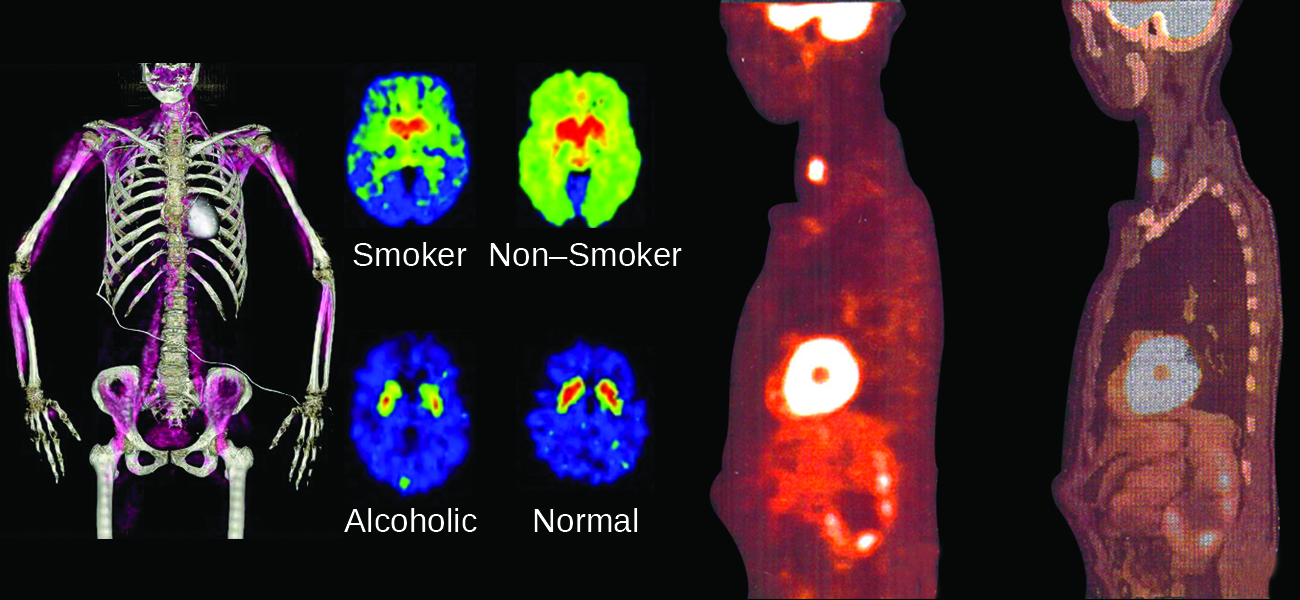| << Chapter < Page | Chapter >> Page > |

The chemical reactions that we have considered in previous chapters involve changes in the electronic structure of the species involved, that is, the arrangement of the electrons around atoms, ions, or molecules. Nuclear structure, the numbers of protons and neutrons within the nuclei of the atoms involved, remains unchanged during chemical reactions.
This chapter will introduce the topic of nuclear chemistry, which began with the discovery of radioactivity in 1896 by French physicist Antoine Becquerel and has become increasingly important during the twentieth and twenty-first centuries, providing the basis for various technologies related to energy, medicine, geology, and many other areas.

Notification Switch
Would you like to follow the 'Chemistry' conversation and receive update notifications?